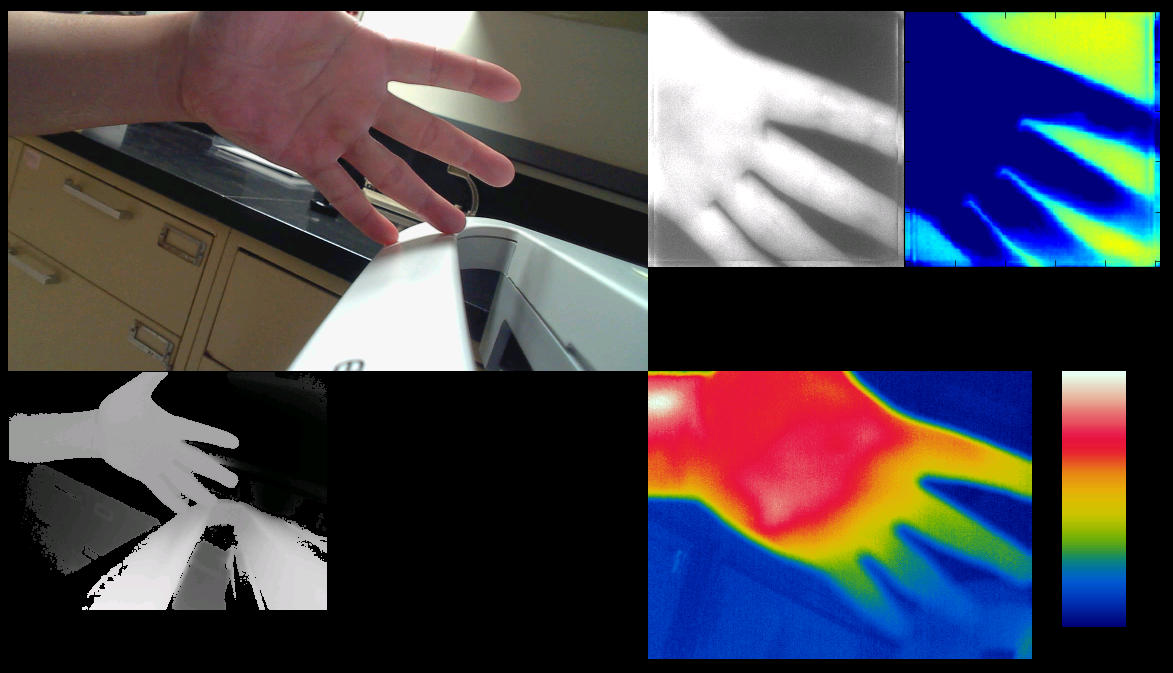GE and the US Dept of Veterans Affairs have developed a multi sensor probe to detect the earliest signs of pressure ulcer formation.
The device combines computer vision with motion detection, thermal profiling, image classification, 3-D object reconstruction and vapor detection to identify patients at risk and improve treatment.
Hospitals generally advise caregivers to turn patients every two to four hours to prevent ulcers. Last year ApplySci described Leaf, a sensor that automates and prioritizes turning schedules for large groups of patients. Traditionally, when ulcers appear, healing is monitored manually by measuring and recording the dimensions of visible lesions. The VA believes that by combining physical inspection with real-time monitoring, ulcers may be prevented from forming or advancing.
Wearable Tech + Digital Health NYC 2015 – June 30 @ New York Academy of Sciences. Early registration rate available until March 27th.
